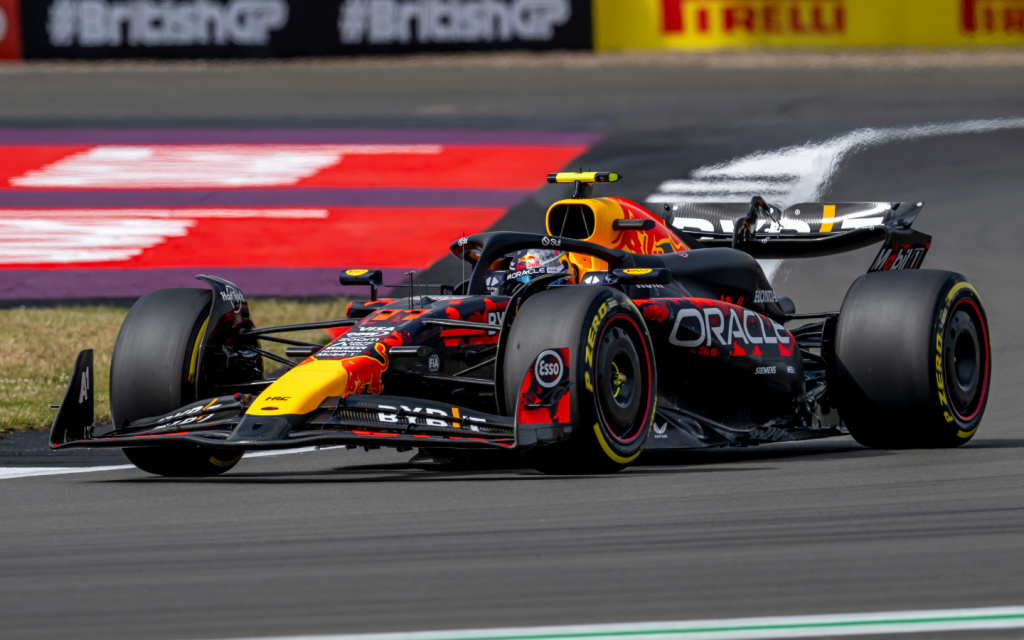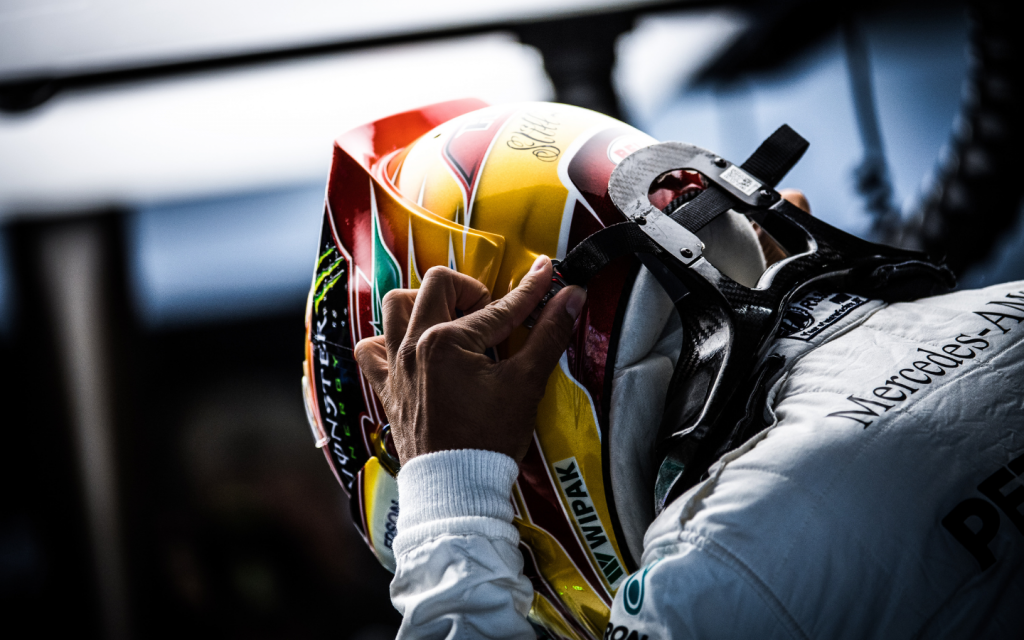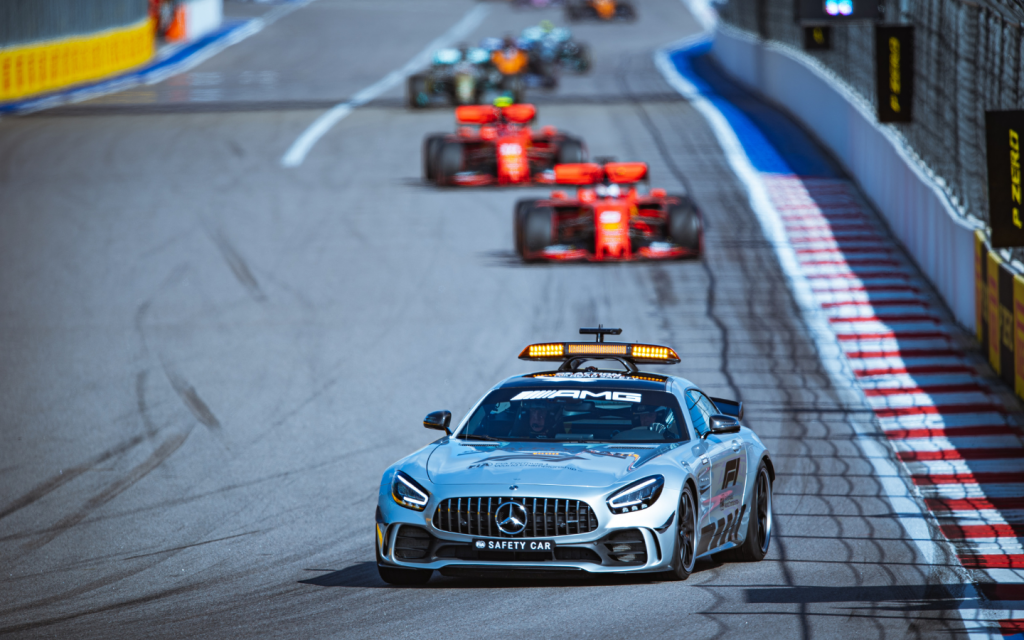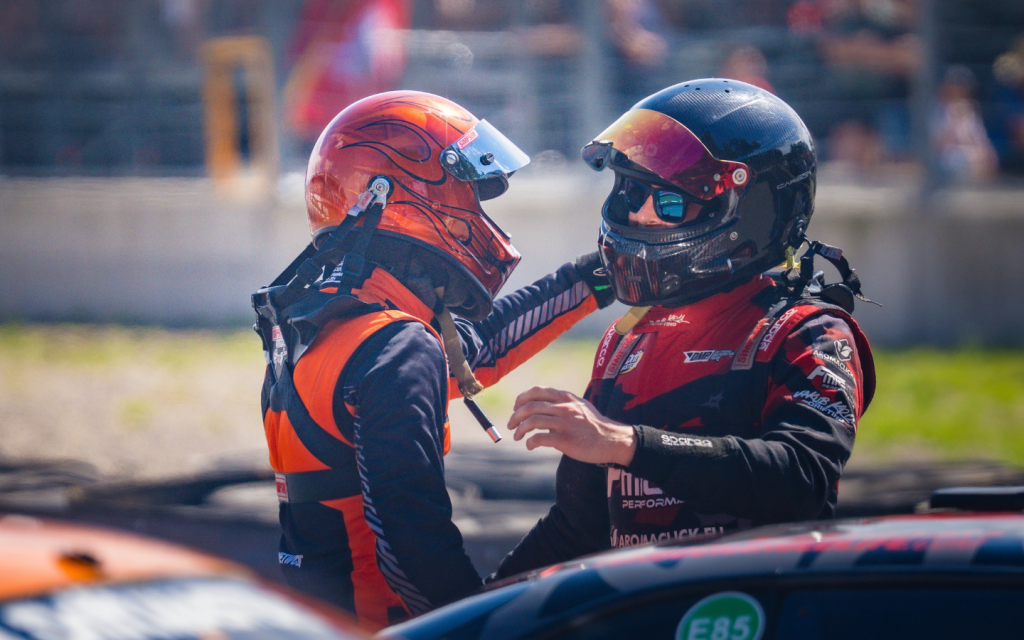A List of F1 Safety Innovations
Formula 1 has always been a sport of extremes, characterised by incredible speed, split-second decisions and engineering precision. Alongside the thrill and glamour, safety is one of the sport’s most critical priorities. What was once a dangerous, even deadly, pursuit has evolved into one of the most regulated and technologically advanced motorsports in the world. Today, many F1 safety innovations not only protect drivers but also influence road car design and global automotive safety practices.
A List of Formula 1 Safety Features
Formula 1 is a globally acclaimed type of car racing, with roots going back to the 1950s. Since its beginnings, the thrilling sport has had its fair share of unfortunate events, with many leading to fatal results. To minimise these occurrences, several F1 safety innovations have been introduced over the years that make the motorsport more secure, without taking away from its excitement.
The Evolution of the Monocoque Chassis
The introduction of the monocoque chassis was a major turning point in F1 safety. Prior to the 1960s, cars were built on tubular steel frames that offered minimal protection in a crash. In 1962, Lotus revolutionised the sport by introducing the aluminium monocoque chassis in the Lotus 25.
This design integrated the car’s structure into a single, rigid shell and was much stronger and lighter than earlier frames. Over time, aluminium was replaced by carbon fibre parts, which offered even greater strength-to-weight advantages. Today, the carbon fibre monocoque forms an almost indestructible survival cell around the driver, capable of withstanding enormous impacts without collapsing.
The Halo Device

Perhaps the most visible F1 safety innovation of recent years, the Halo device was introduced in 2018. Its original concept was presented by Mercedes, but initially met with scepticism for aesthetic reasons. However, over the years, the narrative around the halo device F1 safety has changed drastically since it has proven to be one of the most effective strategies in sports history.
It is a titanium structure that forms a protective ring around the driver’s cockpit, shielding their head from debris or impact. In addition, it can withstand the weight of a double-decker bus and has saved multiple lives since its introduction.
Notably, in the 2020 Bahrain Grand Prix, Romain Grosjean’s fiery crash showed just how vital this F1 safety equipment is. It deflected a barrier, allowing Grosjean to survive what could have been a fatal impact.
The HANS Device (Head and Neck Support)
The HANS device was a critical step forward in preventing fatal neck and head injuries, making it one of the distinguished F1 safety innovations. Introduced in 2003, it works by tethering the driver’s helmet to a carbon-fibre yoke that rests over the shoulders.
In the event of a crash, the device reduces the violent forward motion of the head relative to the body, preventing severe injuries such as basilar skull fractures. Before its introduction, these injuries were among the leading causes of fatalities in motorsport. Today, the HANS device is mandatory across all FIA-sanctioned series.
Crash Testing and Survival Cell Standards
Every F1 car must undergo a series of brutal crash tests before it’s allowed to race. These tests simulate high-speed impacts, rollovers and side collisions to evaluate how well the car protects the driver.
As part of these tests, the survival cell (cockpit area) must remain completely intact. Even after a car breaks apart in a real race, the survival cell often remains untouched, a testament to the engineering precision behind it. In addition, energy-absorbing crash structures at the front, rear and sides of the car dissipate impact forces before they reach the driver, significantly reducing injury risk.
Advanced Helmets and Head Protection

Helmets in Formula 1 have evolved dramatically from the leather caps of the 1950s. Today’s helmets are feats of engineering, made from carbon fibre and polycarbonate composites that can withstand debris at 362 km/h.
The FIA’s latest helmet standard, introduced in 2019, requires helmets to resist 225g impacts and penetration by projectiles travelling at over 250 km/h. These advanced helmets in Formula One also feature advanced fire resistance, better ventilation and visor systems that improve driver visibility even in harsh weather or bright sunlight.
Safety Barriers and Track Design
Track safety has evolved just as much as the cars themselves. The introduction of TecPro barriers, SAFER barriers and energy-absorbing walls has drastically reduced the forces transmitted to drivers during crashes. Before these modern systems, Armco barriers, made of corrugated steel to bend and deflect impact energy, were the primary form of protection. However, they are still used on tight street tracks like the Jeddah Corniche Circuit.
TecPro barriers, for instance, are made of high-density polyethene blocks filled with foam that absorb and redistribute impact energy. These barriers can be seen at many modern circuits, including Yas Marina Circuit and Circuit de Monaco. Additionally, most track layouts now include larger run-off areas, better gravel traps and stricter safety standards to minimise the risk of high-speed collisions.
Continuous Data Monitoring and Telemetry
Every F1 car is equipped with hundreds of sensors that feed real-time data to race engineers and the FIA. These types of car sensors not only monitor performance but also track G-forces. They help impact severity and even driver vitals in some cases.
In a crash, telemetry data allows engineers and medical staff to instantly assess the severity impact and respond accordingly. This constant flow of information has improved both driver safety and post-incident analysis, helping the FIA continually improve safety standards.
Safety Car and On-Track Response

The Safety Car is a vital part of F1 safety innovations. When deployed, it slows the race pace to allow marshals and medical teams to respond safely to incidents on track. Introduced in the 1990s, it serves as a standard part of race control to maintain position and speed while hazards are cleared. Modern Safety Cars, such as the Mercedes-AMG and Aston Martin models, are equipped with advanced communication systems and built for performance to manage the F1 grid efficiently.
Alongside the Safety Car, the on-track response team plays an equally critical role. The FIA Medical Car follows the grid on the first lap and responds instantly to major incidents, carrying doctors and emergency equipment. Meanwhile, track marshals manage flags, remove debris and assist in car recovery.
Virtual Safety Car (VSC) and Advanced Race Control
The Virtual Safety Car system, introduced in 2015, was designed to protect drivers and track workers after serious on-track incidents. Instead of deploying a physical safety car every time, the VSC allows race control to instantly slow all cars to a pre-set speed limit using electronic signals.
This system maintains safety without completely neutralising the race, reducing downtime and preventing further accidents during recovery operations. Race control also uses real-time telemetry, GPS tracking and video surveillance to monitor every car and make quick safety decisions.
Fire-Resistant Gear and Fuel Safety
Fire has long been one of the most feared hazards in Formula 1. However, advancements in fire-resistant clothing and fuel systems have drastically reduced that risk and improved the track safety in Formula 1.
Modern driver suits, gloves and boots are made from Nomex. It is a flame-resistant material that can withstand temperatures of up to 800°C for several seconds. Drivers now have up to 12 seconds of protection in fire conditions, giving them vital time to escape.
Meanwhile, fuel tanks are made from rubberised Kevlar and fitted with self-sealing valves to prevent leaks in the event of an accident. It is a major improvement from the dangerous metal tanks of earlier decades.

FAQs
What crash structures are used by F1 teams?
F1 crash structures include a carbon-fibre monocoque and front, rear and side impact zones to absorb and dissipate crash energy effectively.
How does AI-assisted race control enhance safety?
AI-assisted race control enhances F1 safety by analysing real-time data to detect incidents faster and support quicker. It also helps in more accurate decision-making during races.
What role does the Virtual Safety Car play in F1 safety?
The Virtual Safety Car in F1 maintains controlled speeds during minor incidents, allowing safe recovery operations without deploying the physical Safety Car.
Formula 1 has come a long way from its perilous beginnings. From the Halo to advanced F1 tyres, each of these safety innovations has played a significant role in protecting drivers without compromising the spirit of competition. Moreover, these innovations are not only confined to the tracks. You can find many of these advanced features, such as data monitoring, in current models of today.
On another note, if you are in search of a model equipped with such advanced safety features, listings of new cars for sale in the UAE offer a wide range of choices.
To learn more about car racing types, keep reading dubizzle’s autos blog.
Cover image credits: Shutterstock Image Contributor – Ev. Safronov
Comments
Post a Comment